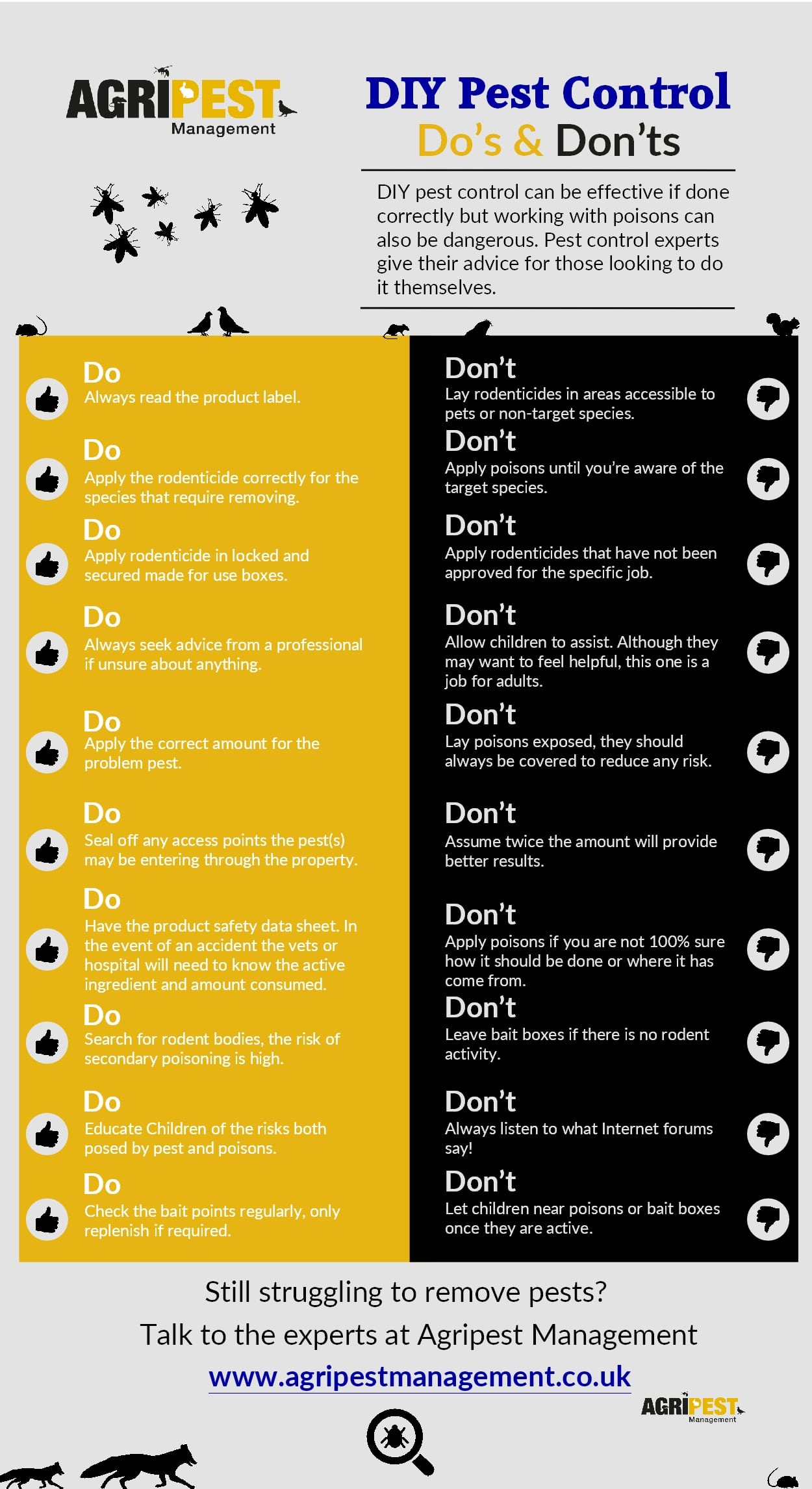Handling Rat Infestations: Insights Right Into Rodent Psychology
Handling Rat Infestations: Insights Right Into Rodent Psychology
Blog Article
Short Article Created By-Wynn Thorsen
When it pertains to rodent control, recognizing usual rodent actions is crucial to successfully taking care of infestations. Did you know that rodents have some fascinating nesting habits that might stun you? By exploring check here , you can get valuable insights into just how to take on rodent concerns in a more critical and reliable way. So, let's untangle the secrets behind these animals' actions and learn just how to outsmart them in your rodent control efforts.
Rodent Nesting Habits
When observing rats in their natural habitat, you'll see that they actively look for products to build their nests. Rats, such as mice and rats, are clever creatures that make use of a range of things like twigs, leaves, paper, and material to build their homes. They're careful in their nest-building process, often lining their nests with softer products like fur or feathers to produce a cozy atmosphere.
Rodents like to construct their nests in surprise and protected places to safeguard themselves and their young from killers. Typical nesting areas include wall tooth cavities, attic rooms, cellars, and even within insulation products. By constructing their nests in these private locations, rodents can securely elevate their offspring away from prospective risks.
It is important to recognize the nesting habits of rats when implementing control procedures. By interrupting their nests or getting rid of materials, you can discourage rats from establishing a visibility in your house or building. Proper sanitation and sealing entrance factors are likewise critical action in preventing rodent problems.
Rat Feeding Patterns
After observing rodents' nesting routines, it becomes obvious that their feeding patterns play a vital role in their every day lives and habits. Rats, including mice and rats, are opportunistic feeders, suggesting they'll eat whatever food source is conveniently offered. They're largely nighttime creatures, preferring to forage for food throughout the cover of night to prevent killers.
Rats have a diverse diet, ranging from grains, seeds, fruits, and vegetables to bugs, nuts, and also tiny animals. This versatility in their food options allows them to thrive in different environments, including metropolitan areas where human food resources are abundant.
Their feeding patterns aren't only driven by cravings however likewise by the need to accumulate food for times of scarcity. This actions is especially obvious to prepare for winter season or when nesting. https://patch.com/new-jersey/morristown/coyotes-spotted-morristown-animal-control-shares-safety-tips are recognized to hoard food in their nests or burrows, making sure a constant food supply. Understanding their feeding patterns is important in applying efficient rodent control measures to disrupt their food sources and stop infestations.
Rodent Activity and Travel
Rats browse their environments with dexterity and stealth, utilizing their eager senses to relocate promptly with their atmospheres. These creatures are skilled climbers, able to range wall surfaces and upright surface areas easily. They can additionally squeeze with remarkably small openings, making it crucial to seal any kind of possible access points in your home.
When it comes to taking a trip, rats often tend to follow acquainted paths, creating routes along wall surfaces or skirting the sides of rooms. They're creatures of habit, typically staying with these established courses as they forage for food or explore their environments.
Rats are recognized for their nighttime habits, so you might hear them scampering around during the night as they look for food and water. Their activities fast and erratic, allowing them to dart in and out of view in the blink of an eye.
Understanding how rodents relocate and travel can assist you recognize possible invasion locations in your house and take aggressive steps to prevent these pests from getting a foothold.
Conclusion
As you work to control rats in your house, keep in mind that comprehending their habits is key. By recognizing their nesting behaviors, feeding patterns, and movement, you can efficiently avoid invasions.
Coincidentally, by taking aggressive measures to get rid of food sources and seal entry points, you can disrupt their acquainted paths and compel them to seek out new locations, eventually minimizing the possibility of rodent existence in your home.
